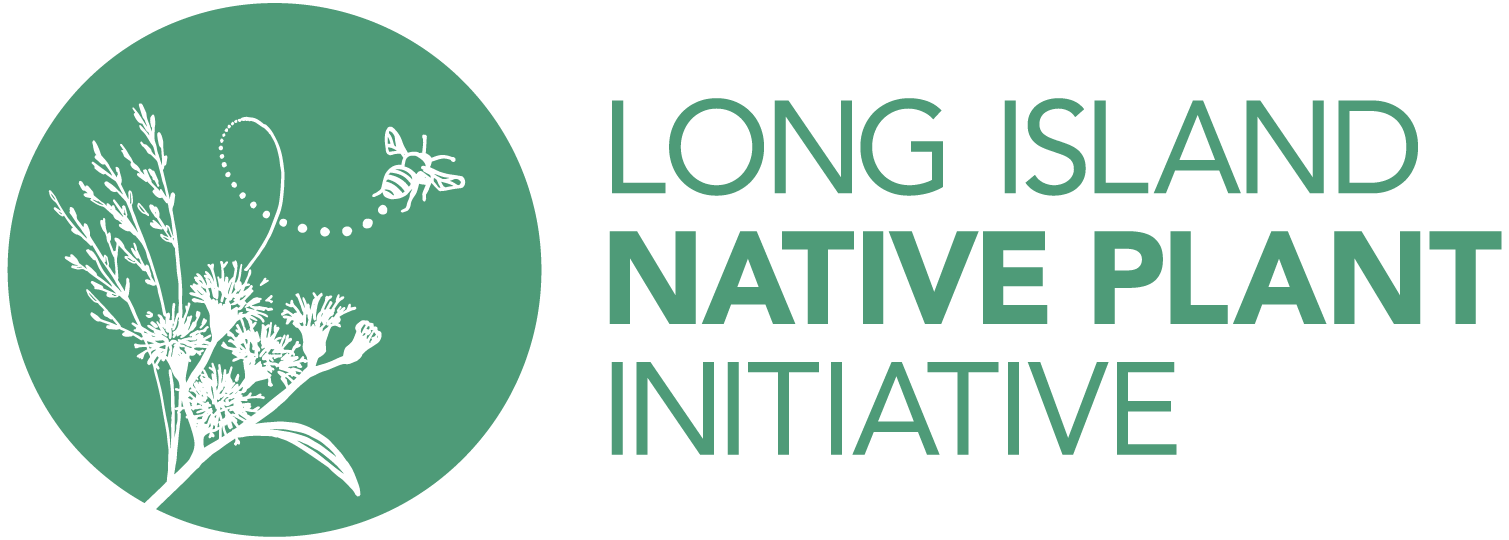Staghorn Sumac is a beautiful addition to a large native garden. Pollinators and songbirds prize this small, colony-forming tree for its large flower and fruit clusters. There are separate male and female plants. Only the females produce fruit, but the males are required for fertilization. Over time, this plant will spread through the production of root suckers. The fruit can be harvested in the fall and has a tart flavor. It can also be made into a drink called 'Sumac-ade.' Pet safe.
